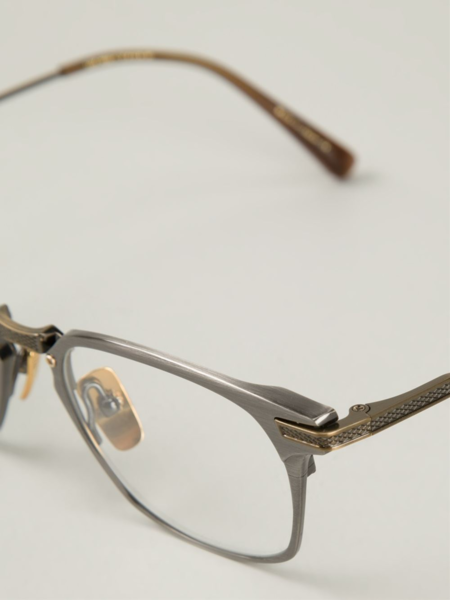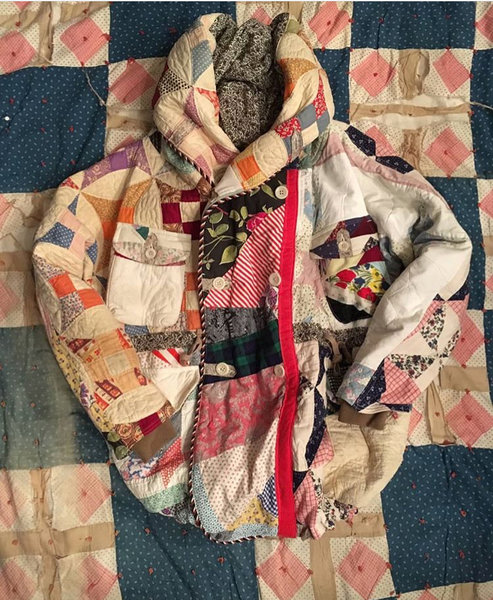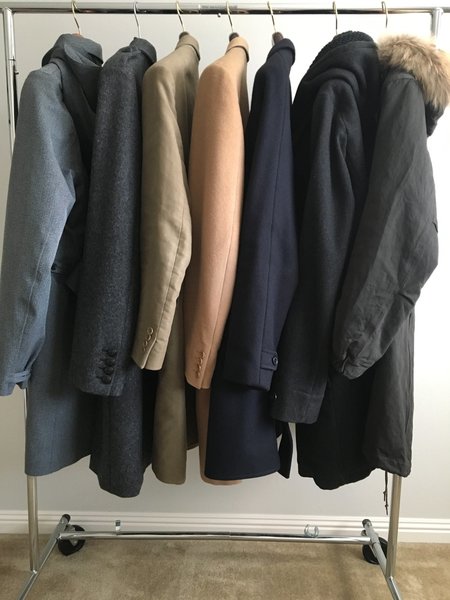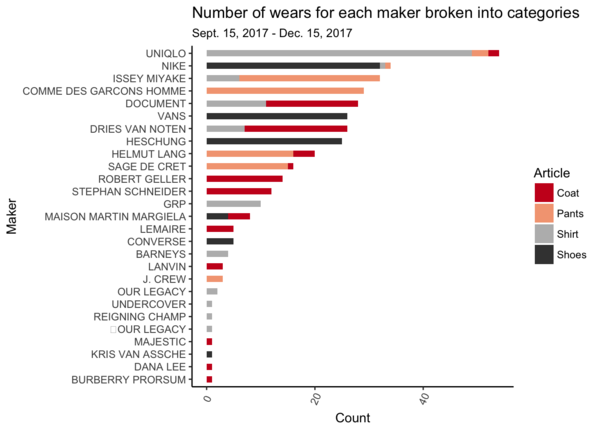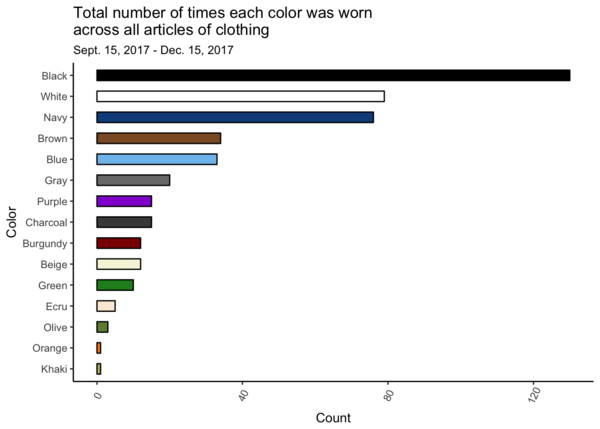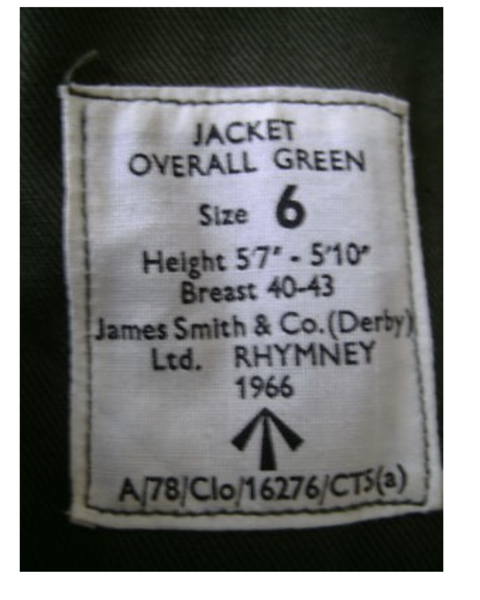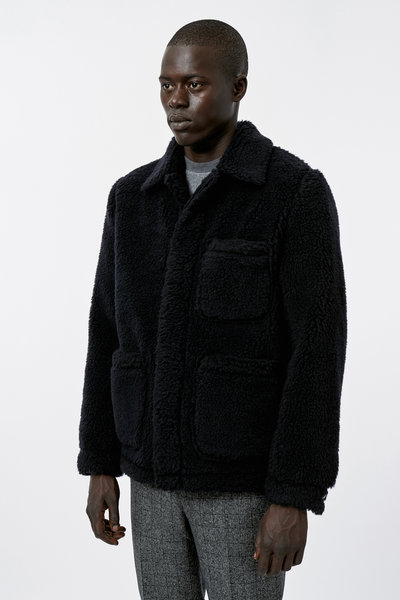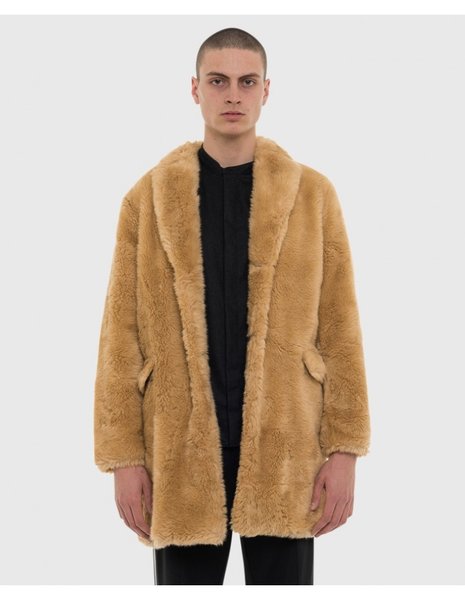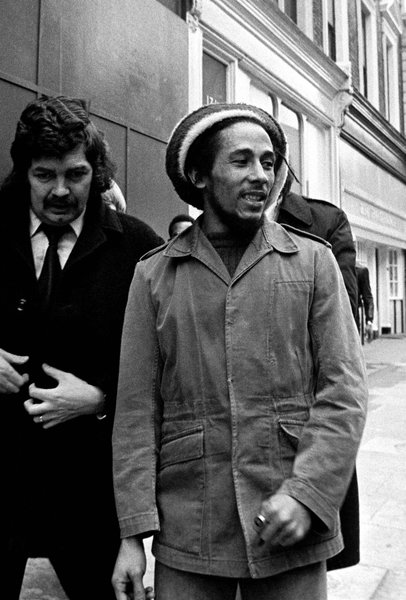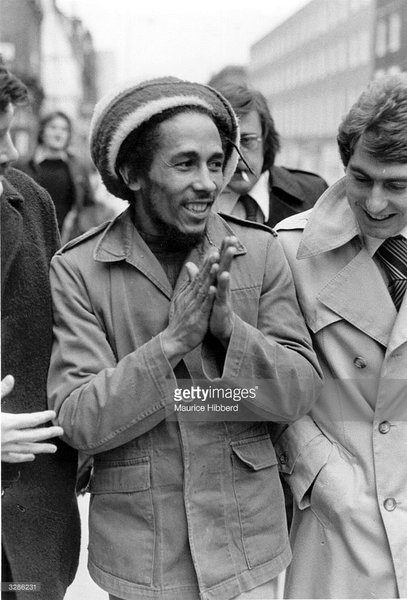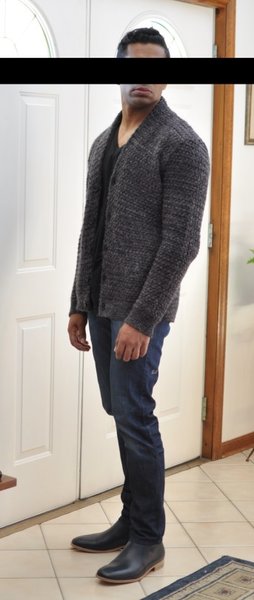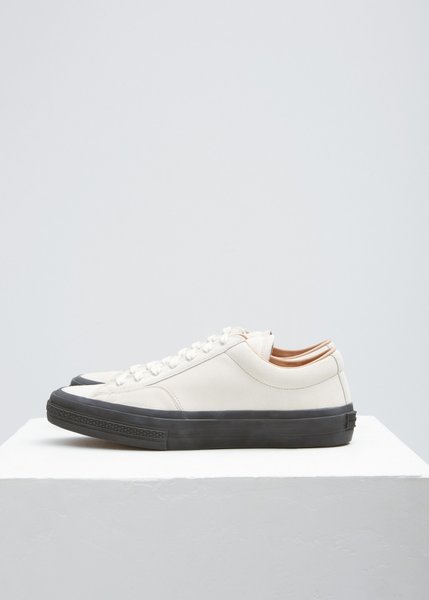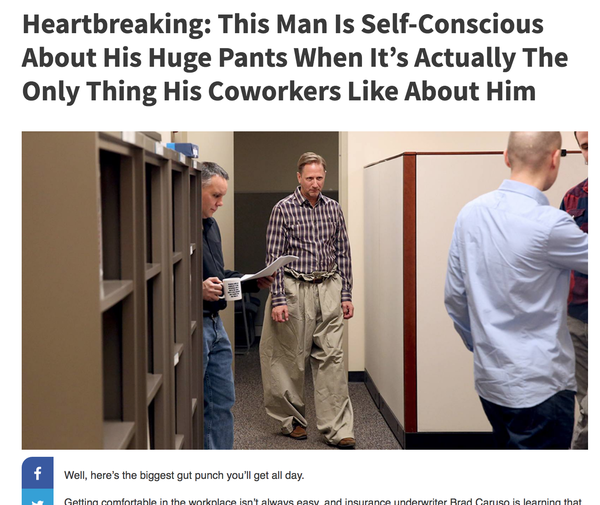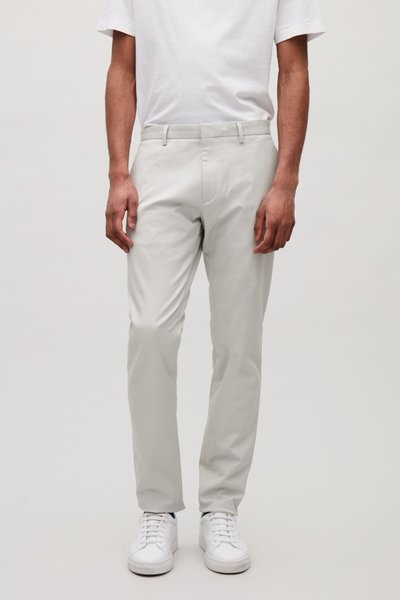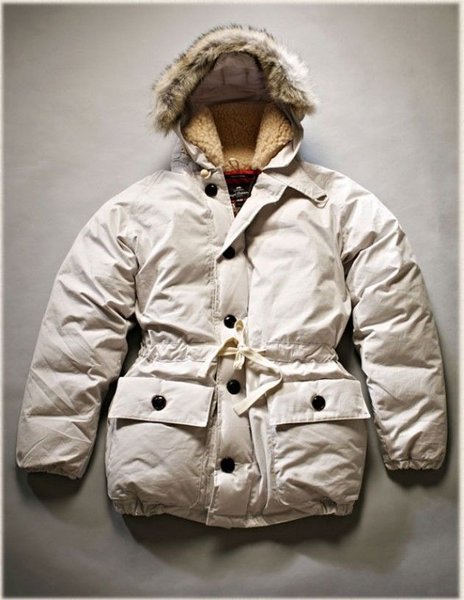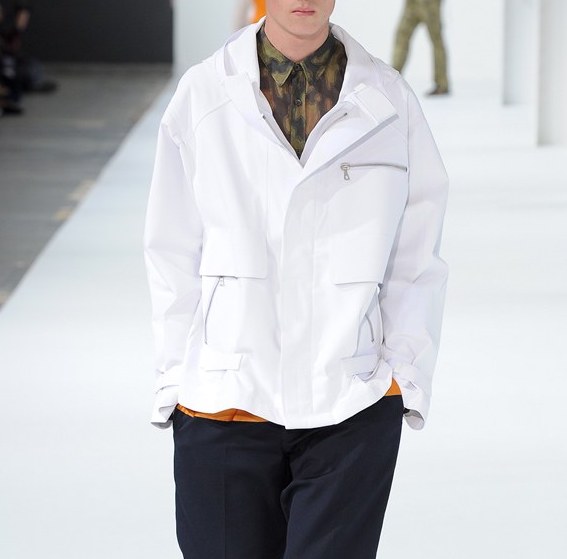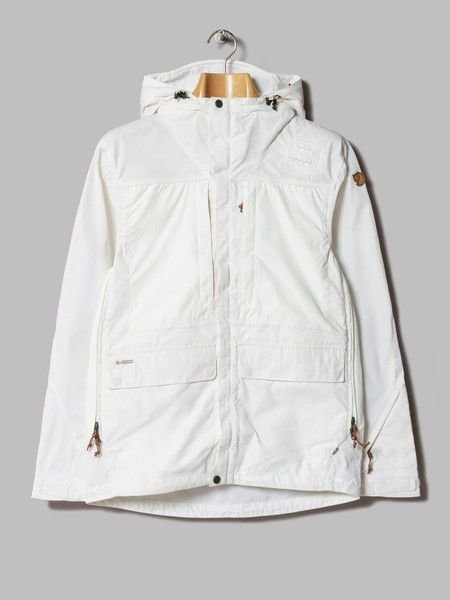g transistor
Distinguished Member
- Joined
- Jun 1, 2009
- Messages
- 6,577
- Reaction score
- 12,740
I mean I'm not going to lie and say that my ranting isn't fueled with some nonsense. I know that barbecue model isn't going to work everywhere or for everyone, it's just something I really appreciate.
One thing I do think Chang is smart about is the sort of chain-restaurant thing that can be replicable elsewhere without compromising quality of food and service. My favorite burger joint in Atlanta is now a chain across like 6 states.
And I think maybe that would be an interesting concept for clothing, too. A sort of quality-within-reach type of thing that has a bit higher-prices with better design, construction, etc. But I guess I just kind of described what J. Crew is for most people
One thing I do think Chang is smart about is the sort of chain-restaurant thing that can be replicable elsewhere without compromising quality of food and service. My favorite burger joint in Atlanta is now a chain across like 6 states.
And I think maybe that would be an interesting concept for clothing, too. A sort of quality-within-reach type of thing that has a bit higher-prices with better design, construction, etc. But I guess I just kind of described what J. Crew is for most people
Last edited:
![Patch[1] :paranoia: :paranoia:](/styleforum_ads/smilies/patch[1].gif)



